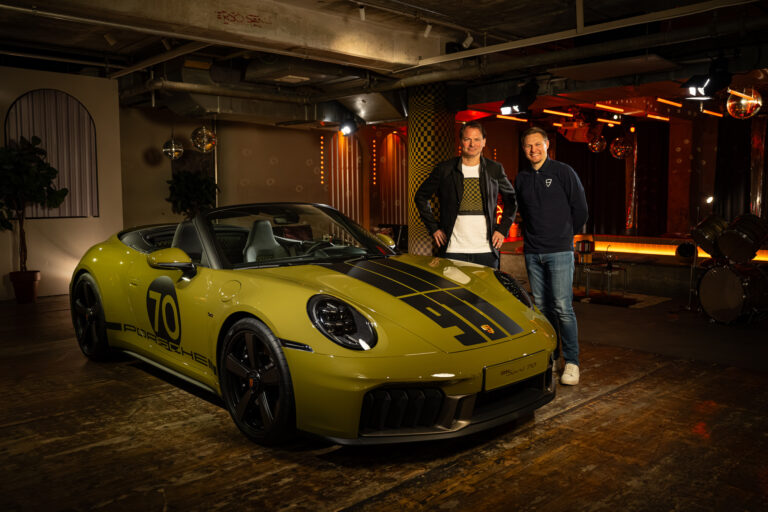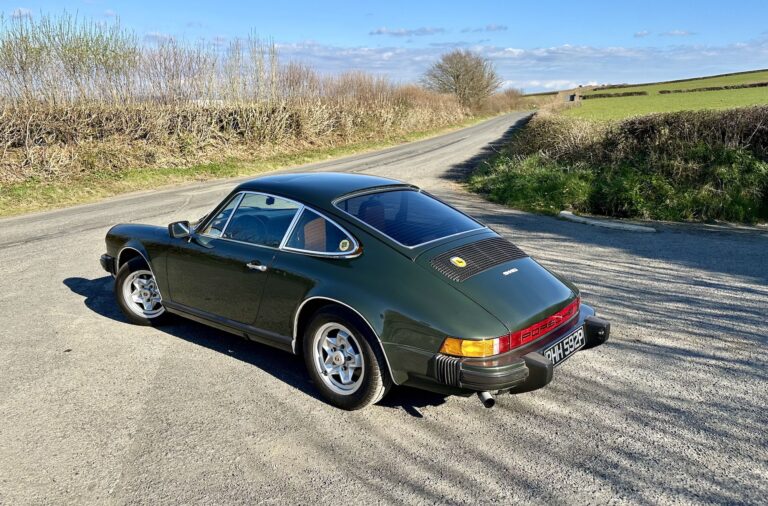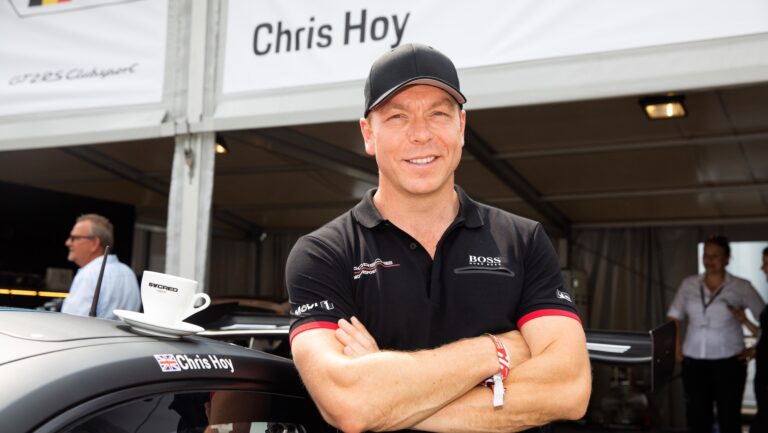 By Lee Sibley
4 years ago
By Lee Sibley
4 years ago
PDK: Twenty Years in the Making
Porsche's twin-clutch gearbox has been responsible for automatic cog-swapping on various Porsche models since 2008. 9WERKS takes a look at its technological and historical significance
Considering Porsche’s double-clutch transmission didn’t appear on its production cars until 2008, one may well ask why it took so long. The answer was a question of timing.
Always interested in technology, in the mid 1960s Porsche had developed an automatic transmission for VW and this was also offered on the 911 until 1980. The innovative ‘Sportomatic’ used an electrically-actuated clutch allied to a torque converter, but was never very popular.
Inconclusive development of a double-clutch gearbox intended for the 959 and aborted 969 obliged Porsche to revisit torque converters, cooperating with ZF to produce the Tiptronic offered on the 964C2. Initially four speed, then five from the 996, the Tiptronic was impressively reactive and by the time of the 997, it required a highly skilled driver to equal its acceleration times with the manual gearbox car.
Categories
In the 1980s Porsche had sought to eliminate the delay and power loss of a torque converter. Using racing as a testbed, the crudeness of electronics then available made PDK heavy and unreliable and development was shelved and Porsche concentrated on production, 993 and 986/996, rather than racing.
In the 2000s, Weissach returned to PDK, especially now that rivals VW-Audi were offering their own double-clutch system, the DSG. It would prove pivotal in swinging the majority of Porsche sports car sales in favour of the semi-auto rather than manual transmission.
The launch of the Gen 2 997 saw the seven-speed PDK on a 911 for the first time, replacing the Tiptronic option. PDK meant that a gear was always engaged, and thanks to a battery of sensors, Porsche was able to claim that in default mode 90% of the time the car was in the right gear.
Besides establishing that the auto-box was significantly quicker off the mark than the manual, because PDK always defaulted to the highest possible gear, Porsche was able to claim better mpg and, crucially, lower CO2emissions, improvements which continued with subsequent iterations and offer ‘launch control’ undoubtedly the 911’s favourite party trick.
Delaying until 2008 ensured that PDK was truly ready (unlike the early DSG). Its dependability, ease of use and electric response made it arguably the best robotised gearbox on the market and a huge marketing coup for Porsche. Sharpened for the 991 and augmented with an eighth ratio on the 992, PDK has become the benchmark for efficient transmissions.
Search our full range of PDK-equipped Porsche sports cars by visiting our classifieds section.
























